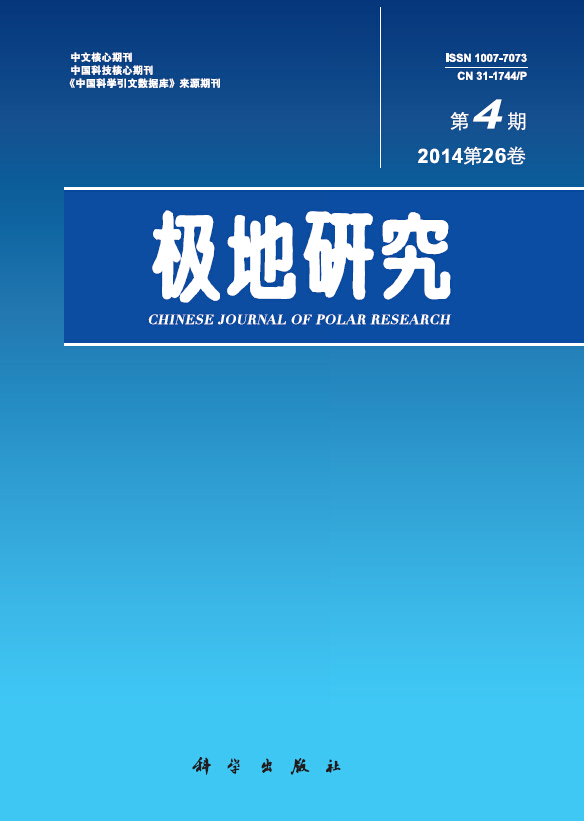|
|
DIETARY SURVEYS OF THE 22ND AND 24TH CHINESE WINTER-OVER EXPEDITIONERS AT ZHONGSHAN STATION RESIDENCE
Chen Nan, Jin Wei,Tang Depei, Zhang Liwei, Xu Chengli
2014, 26 (4):
496-501.
DOI: 10.13679/j.jdyj.2014.4.496
Aim: For expeditioners in the extreme environment of Antarctica, diet and nutrition are particularly important. Through investigation of the diet of Chinese winter-over expeditioners at Zhongshan station, we can provide advice and guidance to improve dietary quality and to promote health. Methods: The 3- to 4-day food intake of 22nd (2006) and 24th (2008) Chinese winter-over expeditioners was investigated using weighing methods. The average daily intake of food and nutrients was calculated. Dietary status was evaluated according toChinese Dietary Reference Intakes. Results: The average energy intake was in the range for people engaged in moderate or heavy physical labor (2700–3200 kcal). Among the 17 nutrients tested, the intakes of calcium, vitamin A, vitamin C, and selenium were below the recommended daily intake, while the intake of sodium exceeded the recommended daily intake. The intake of oil and salt was excessive. The energy supplied by fat and protein exceeded the recommended 20–30% and 12–14% of total daily kilocalories, respectively, while the ratio supplied by carbohydrates was less than recommended. Conclusions: The diet of winter-over expeditioners was high in fat, high in protein, and low in carbohydrates. There was an excessive intake of oil and dietary sodium, and an insufficient intake of calcium, vitamin A, vitamin C, and selenium. The diet should be adjusted by balancing the proportions of the three major nutrients, reducing the intake of oil and dietary sodium, and supplementing of vitamins, calcium, and selenium.
Related Articles |
Metrics
|

